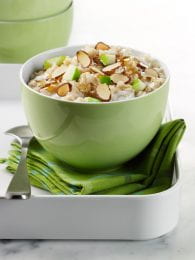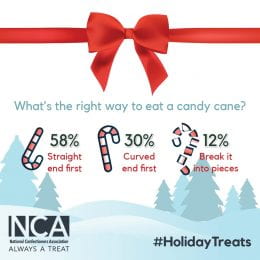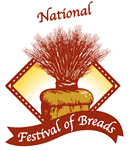
The holidays may be different this year with smaller gatherings, but there are still reasons to celebrate. For many, making homemade eggnog is a cherished tradition, but you don’t want to invite foodborne illness to the party.
Since raw eggs are traditionally used, the risk for Salmonella to be in the eggs is present. But there are options to reduce risks from foodborne illness.
- Prepared a cooked egg base to kill bacteria that might be present. An egg base is made by heating half of the milk and/or cream over low heat to almost boiling. Slowly add beaten eggs and sugar, stirring constantly. The temperature should reach 160°F. The mixture should coat a metal spoon and separate when a finger is drawn through it. Cool the mixture in a bowl over ice water, then chill completely.
- Pasteurized eggs are an option to replace raw eggs. Commercial pasteurized eggs are heat processed at low temperature to destroy Salmonella, but not affect the flavor or nutrition. It is still recommended to make a cooked egg base.
- Alcohol can inhibit some bacterial growth, but it is not sufficient to be effective.
- If your recipe uses whipped egg whites, use pasteurized egg whites. A good substitute is using whipped cream.
Source: https://blogs.extension.iastate.edu/answerline/2018/11/26/homemade-eggnog-made-safe/





